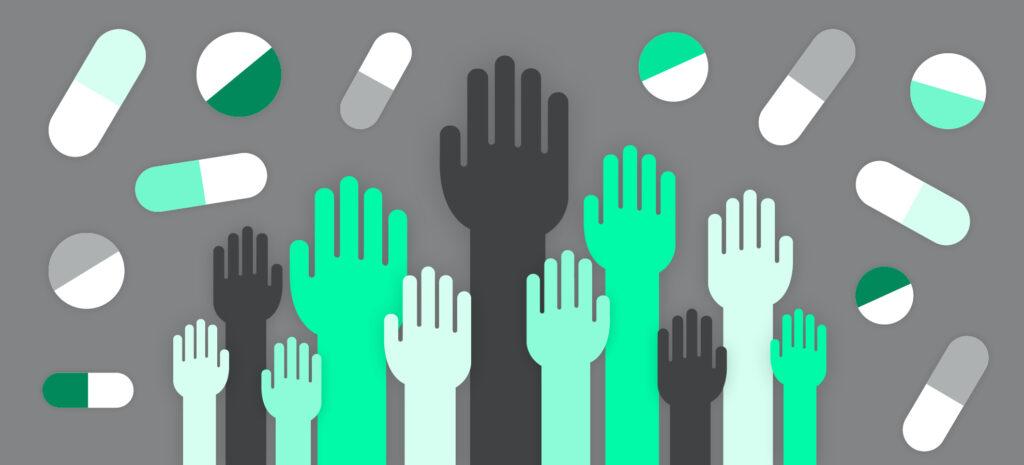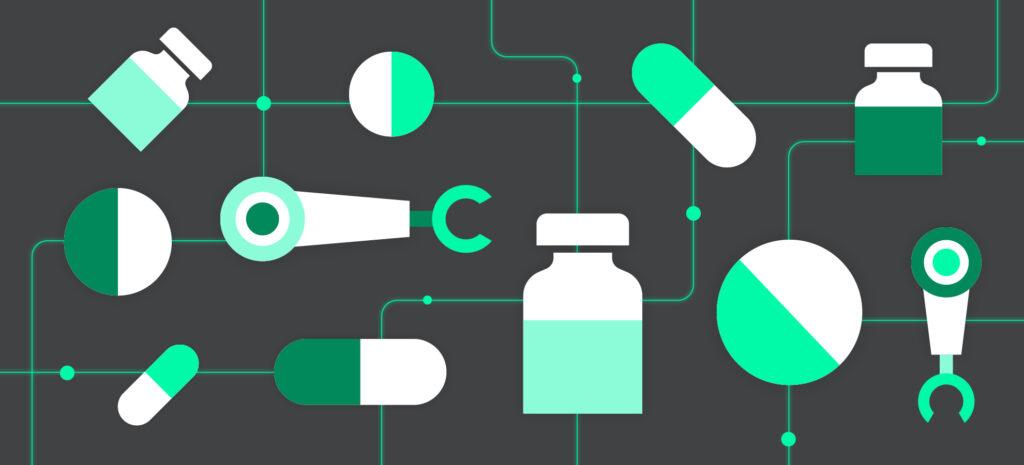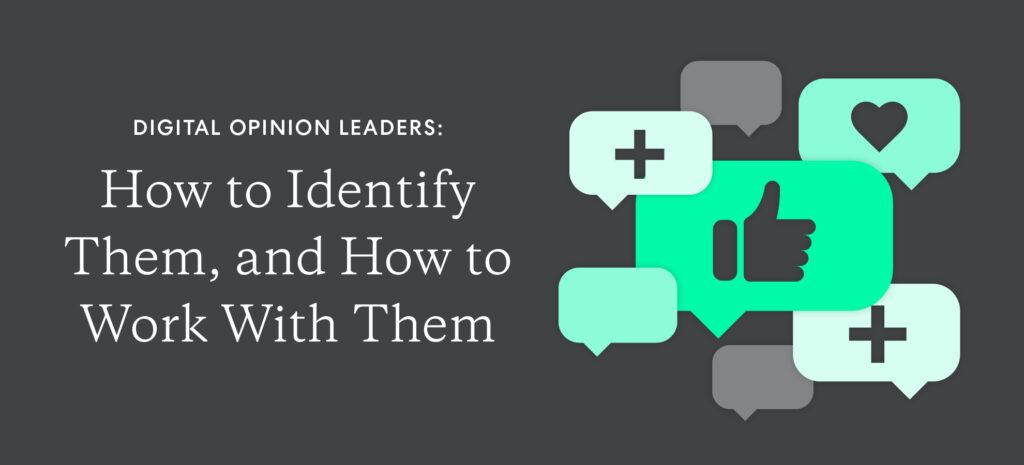The 20th century was a time of remarkable scientific progress and modernization in the life science industry. The era fostered the development and introduction of countless innovative, life-changing medical products and therapeutics.
But despite this monumental achievement, by the late 70s, there was an apparent problem with the R&D pipeline – insufficient investment was being directed toward developing therapeutics for rare diseases and rare disorders, leaving thousands of atypical diseases untreated. The limited prevalence of these medical conditions acted as a significant barrier to commercial investment.
To address this issue, in 1983, the U.S. passed the Orphan Drug Act (ODA), which created an orphan drug designation status for therapies and drugs meant to treat rare diseases or conditions.
But what does this orphan drug designation mean, and how does it affect the treatment of rare diseases and rare disorders?
Let’s review.
What is an orphan drug?
The term “orphan drug” was first coined in 1968 in an editorial comment entitled “Therapeutic Orphans,” published in The Journal of Pediatrics by Harry Shirkey, M.D.
At the time, Shirkey was focusing on the lack of development of drugs to treat childhood diseases. But over the next decade, the term “orphan drug” became a catch-all phrase that described drugs for rare diseases with small patient populations and thus limited commercial value. The orphan designation status covered diseases such as:
- Huntington’s disease
- Myoclonus
- ALS
- Tourette syndrome
- Muscular dystrophy
Despite a glaring need, these therapies weren’t being produced, leaving them without a “parent” to fund their development.
As FDA Historian John Swann noted, there was an irony to this sentiment, seeing as “rare diseases’ affected 20–25 million patients who, together, suffered from approximately 5000 rare diseases – some of which affected as few as about a dozen individuals.”
But for pharmaceutical companies, the decision to shy away from pursuing these therapies made financial sense. Developing any drug was an incredibly complex, time-intensive, and costly undertaking. And there was no guarantee that it would result in an effective end product.
Why risk billions of dollars to develop a drug that might not even work, and if it did, would only impact a few thousand people?
Pharmaceutical companies needed a tangible incentive to take such a risk with orphan products development. This is what the ODA was designed to address.
What did the ODA achieve?
As mentioned, the Orphan Drug Act was passed by Congress in 1983 to create financial incentives to spur investment in orphan drugs. Under the ODA, the term “orphan drug” was originally defined as:
“A rare disease or condition that occurs so infrequently in the United States that there is no reasonable expectation that the cost of developing and making available in the United States a drug for such disease or condition will be recovered from the sales in the United States of such drug.”
Congress added an amendment soon after, defining rare diseases based on their prevalence – in this case, a condition that affected 200,000 people or less (though a disease with a larger patient population could still apply to qualify for this status).
This law offered several orphan drug incentives to pharmaceutical companies granted orphan designation status to mitigate the financial risks involved in developing such drugs, including:
- Tax credits – The government would foot up to 50% (cut to 25% in 2017) of the clinical trial costs via a tax credit. A pharmaceutical company could claim the tax credit and apply it towards the further development of their therapy.
- Market exclusivity – The FDA would grant market exclusivity for a 7-year period to the first sponsor of an orphan drug that receives FDA approval. This post-approval incentive allotted an additional two years of exclusivity beyond the traditional 5-year period for drugs that treat common diseases.
- Research grants – Approximately 10–20 grants were awarded annually to academic-based researchers or companies pursuing the treatment of a rare disease.
- Waiver of prescription drug user fees – The Prescription Drug User Fee Act required that life science companies pay a sponsor fee upon the submission of a marketing application to the FDA. Under the ODA, this fee would be waived, thus reducing the costs of the FDA approval process.
- Protocol assistance – The FDA’s Office of Orphan Products Development (OOPD) and the Department of Health and Human Services’ Orphan Drugs Board were established to promote the development of orphan drugs and provide guidance and support – especially for clinical trial design – to streamline drug development.
- Priority review – Orphan drugs were fast-tracked, given an expedited review of their application so that the therapy could be made available to patients as soon as possible.
- Free pricing – The manufacturer could set any price on the orphan drug.
The impact of ODA
So, did the ODA move the needle on orphan drug development and the orphan drug market?
In a word: yes. Overall, the program has been a great success, improving or saving the lives of tens of millions of people worldwide. According to the Every Life Foundation, in the four decades since the introduction of the ODA, it has:
- Granted more than 2,500 orphan drug designations, 700 of which have received full FDA marketing approval.
- Generated 80 drugs directly from the OOPD grants program.
- Benefitted between 10–20 million Americans with rare diseases.
- Made the largest impact in the field of oncology.
Furthermore, in 2020, orphan drugs accounted for 58% of the newly approved drugs and represented 20% of total pharmaceutical sales.
While these strides are worthy of celebration, the job is not yet finished, as more than 90% of rare diseases still lack a cure or effective treatment.
Technologies to optimize orphan drug development
Orphan drug status does not ensure commercial success. It might push an orphan drug forward, but that nudge will only take it so far.
Even with the institutional support and incentive structures in place, the R&D process can still be a long and winding road, taking years and hundreds of millions of dollars for a drug to ever reach the market. And even after that point, there’s still the entire post-marketing phase to consider.
How, then, can eager drug developers optimize development and improve their chances of producing a successful final product?
In today’s digital age, various technologies can play a pivotal role – especially during the clinical trial phases:
AI and machine learning
The 2020s will be the decade where AI transforms the world. Artificial intelligence and machine learning technologies have evolved in leaps and bounds in just the last few years. And its impact is being felt widely across the life science industry.
Drug development can generate massive troves of data. But that data needs to be sorted, collated, and analyzed. AI and machine learning make it possible to gather and analyze patient-centric genomic data to:
- Provide valuable insights into how drugs perform in different patient populations
- Improve drug development and treatment decisions
- Identify the most effective targets and active sites
- Solve complex clinical problems
- Predict physicochemical properties, bioactivity, and toxicity
- Design drug molecules and target protein structures
- Predict drug-protein interactions
- Develop hits and leads for a particular disorder
Thanks to these technologies, experts predict that the time and costs associated with orphan drug discovery, trial design, and product management will dramatically decrease.
Real-world data
During orphan drug development, insight gaps can occur, separating medical trials from real-world factors like genetic, behavior, environmental, and societal influences. All of these factors can impact the efficacy of a new drug.
But now, with the help of real-world data – specifically, electronic health records and claims databases – life science companies can take a more data-driven approach to their development process.
Electronic health records cover an array of relevant patient data, including medical history, diagnoses, medications, lab results, and so on. Drug companies can leverage this data to inform drug development, better understand their patient populations and their conditions, identify existing treatment gaps, and ideally, develop the most effective drug possible.
Clinical trial management systems
Before the pandemic, most clinical trial operations for orphan drugs were conducted in person. But COVID-19 changed that, creating a paradigm shift in how clinical trials could be designed and conducted. This decentralization only exacerbated existing structural challenges within clinical trial management, such as:
- A lack of communication
- Complexity of trials
- Data collection and analysis problems
- Financial demands
- Increasingly complex regulations and compliance standards
- Slow recruitment
- Time constraints
Although the pandemic is on the wane, its after-effects on clinical trial design will linger for years to come. To ameliorate such issues, life science companies must depend on clinical trial management software that allows for seamless communication, coordination, and collaboration between patients and researchers.
Virtual platforms can foster better engagement, resulting in improved clinical trial performance.
Orphan drugs and insights management
Orphan drug status – and the passage of the ODA – has played a pivotal role in developing hundreds of life-changing pharmaceutical products targeting rare diseases.
While this designation has helped reduce many structural barriers preventing orphan drug development, it didn’t eliminate them. Bringing an orphan drug to market will still take years and hundreds of millions of dollars to accomplish. But you can reduce the costs, speed up the process, and increase your chances of success by utilizing the right types of technology.
A complete insights management platform technology designed for life science companies, Within3 offers drug developers the capabilities to identify, engage, and analyze input from medical affairs and clinical, commercial, internal, and payer groups worldwide. It’s an AI, real-world evidence, and clinical trial management system rolled into one powerful platform.
Want to see it in action? Request your demo today.
Sources
MedCity News. A brief history of the name ‘orphan drugs’. https://medcitynews.com/2015/02/brief-history-name-orphan-drugs/#:~:text=Finkel%20was%20named%20as%20FDA’s,for%20therapies%20for%20rare%20diseases.
FDA. The Story Behind the Orphan Drug Act. https://www.fda.gov/industry/fdas-rare-disease-day/story-behind-orphan-drug-act
FDA.Gov. Orphan Drug Act – Relevant Excerpts. https://www.fda.gov/industry/designating-orphan-product-drugs-and-biological-products/orphan-drug-act-relevant-excerpts
NCBI. Incentives for Orphan Drug Research and Development in the United States. https://www.ncbi.nlm.nih.gov/pmc/articles/PMC2631478/
Every Life Foundation. Celebrating 40 years of the Orphan Drug Act (ODA). https://everylifefoundation.org/celebrating-40-years-of-the-orphan-drug-act-oda/
RareX. Global Genes Next 2021 Report: A Time for Resilience and Ingenuity. https://rare-x.org/blog/2021/03/09/global-genes-next-2021-report-a-time-for-resilience-and-ingenuity/







